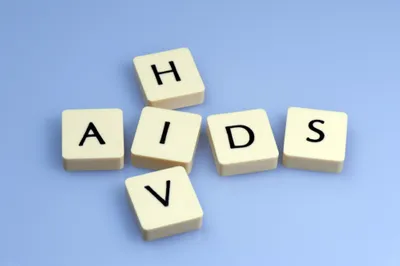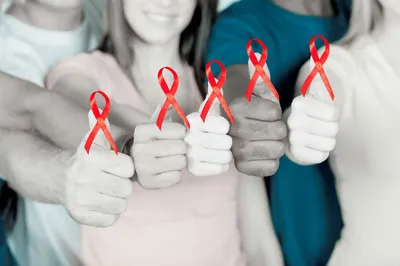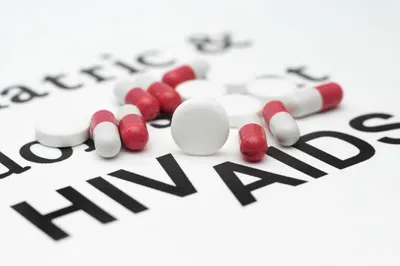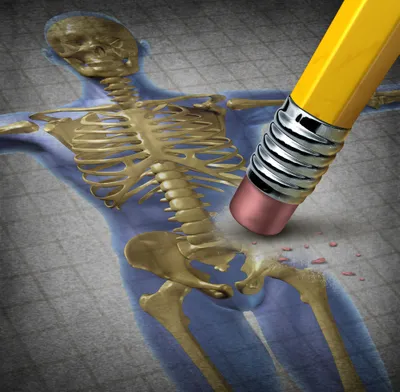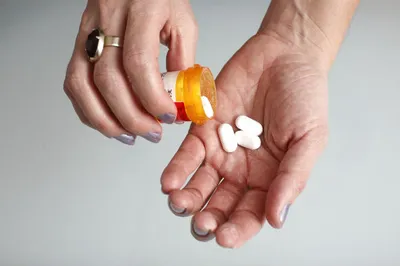Sadly, there is no cure for acquired immunodeficiency syndrome (or AIDS). However, certain types of medicinal treatments have proven effective in fighting the spread of HIV and soothing health complications associated with the disease. So much so that many HIV patients are living longer, fuller lives with the virus thanks to medical treatments to help them remain healthy, longer.
The following 10 primary drug treatments prescribed to treat and reduce HIV are meant to keep your immune system as strong as possible…
1. Post-Exposure Prophylaxis
Those who have been recently exposed to HIV within the last 72 hours can take an emergency anti-HIV medication that can actually stop you from becoming infected. Post-exposure prophylaxis (or PEP) is often referred to as the “morning after pill for HIV”. PEP must be started within 3 days of exposure to HIV—and the sooner the drug is administered post-exposure; the more effective it works to prevent infection. You must get PEP from a health clinic, hospital, or HIV clinic.
2. Protease Inhibitors
Protease Inhibitors (or PIs) prevent HIV from replicating protease, a type of protein that HIV needs to replicate itself. You may hear specific PIs referred to by their medical names—such as Atazanavir, Fosamprenavir, Lopinavir, and Ritonavir. While side effects can differ between patients, may report a combination of nausea, diarrhea, vomiting, abdominal pain, chronic cough, insomnia, fatigue, and joint pain.
3. Nucleoside Reverse Transcriptase Inhibitors
Nucleoside Reverse Transcriptase Inhibitors (or NRTIs) are typically taken in combination and adjusted as the disease progresses to make it possible to slow and prevent the virus from duplicating. Common NRTIs included names like drugs include Ziagen, Retrovir, Epivir, ZDV, TDF or AZT (which are Abacavirs, Zidovudines, Tenofovirs, and Lamivudines). Uncomfortable side effects can result from taking NRTIs—including fever, rash, fatigue, abdominal pain, nausea, vomiting, and loss of appetite.
4. Highly Active Antiretroviral Therapy
Highly active antiretroviral therapy (or HAART) is often called the anti-HIV cocktail. HAART therapy combines several drugs (typically about 3 different kinds of PIs, NRTIs, etc.) in hopes of slowing down the progression of HIV virus replication and spread within the body.
5. Non-Nucleoside Reverse Transcriptase Inhibitors
Non-nucleoside reverse transcriptase inhibitors (or NNRTIs) are medications that work to block the infection of new cells by HIV. By doing this they prevent the spread and progression of the virus. NNRTI drugs are prescribed under names like include Sustiva, Intelence and Viramune, and Rescriptor. Tragically, HIV patients who take NNRTIs often develop shortness of breath and abnormal heart beats over time.
6. Fusion Inhibitors
Fusion inhibitors do just that—they work to obstruct HIV from merging with the body’s cells in order to stop replication of the virus. You will find fusion inhibitors prescribed to HIV patients under the names Fuzeon, T-20, and Enfuvirtide. Unfortunately, fusion inhibitors have been linked to damaging side effects like weak or deteriorating bones in HIV patients, particularly in the hip joints.
7. HIV-Associated Pain Treatments
Pain can become very severe for those living with HIV. As the virus progresses, pain can develop in various areas of the body—either as a result from the HIV infection itself, due to immune suppression (which is a reduction of the efficacy of the immune system), due to other HIV-related infections (i.e., tuberculosis), HIV cancers, side effects from drug treatments (i.e., weak bones), and nutritional deficiencies.
Let’s explore some HIV-pain-related treatment options…
8. Anti-Inflammatory Drugs
For mild-HIV-related pain anti-inflammatory drugs, like aspirin, are often recommended to block the effects of enzymes that cause swelling in the joints and digestive system.
9. Opiate Drugs
For more severe pain, opiate drugs, like codeine, are often prescribed by a medical professional. Opioids are derived from the poppy plant and work to numb the opioid receptors in the spinal cord, brain, and digestive tract so that pain signals from the brain are interrupted and pain is either not registered or perception in reduced amounts.
10. Morphine
The strongest opiate prescribed by a doctor for HIV-related pain is morphine. This stronger option will only be suggested when codeine, the weaker option, is no longer diminishing pain adequately for the HIV patient.

